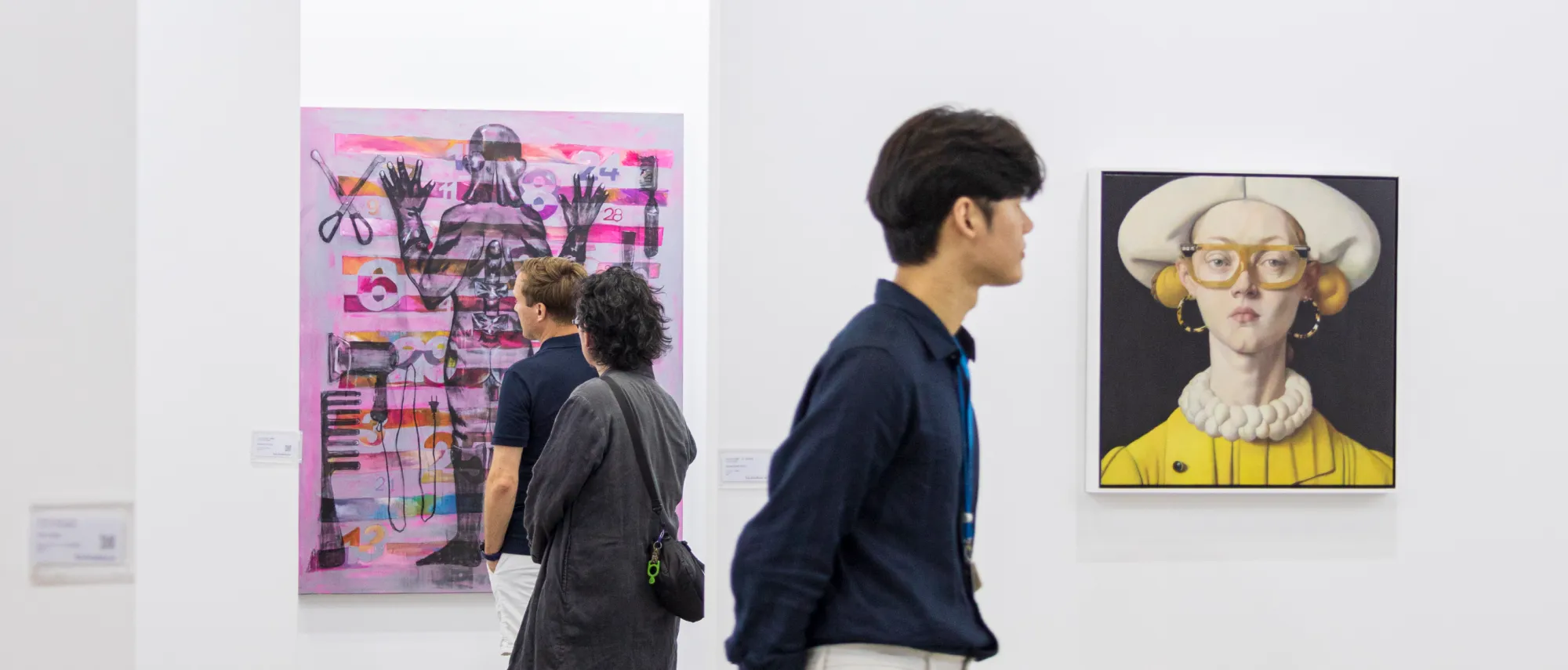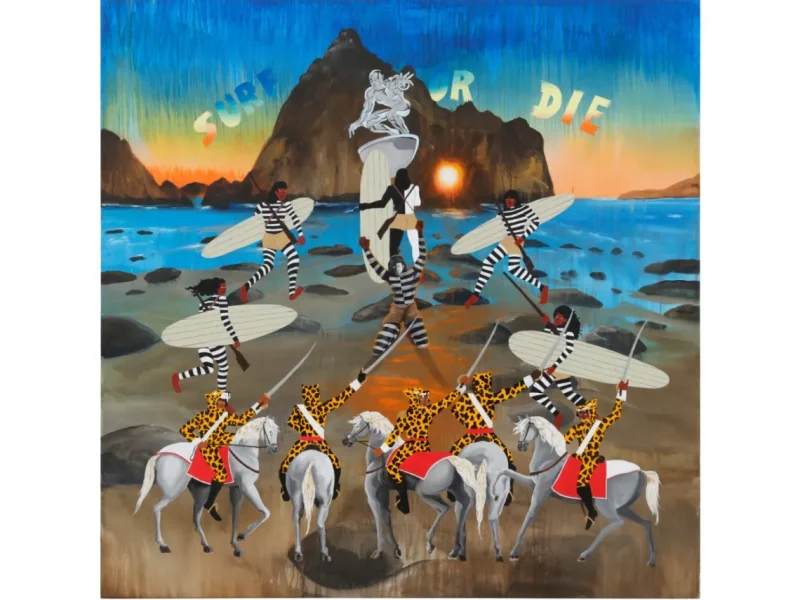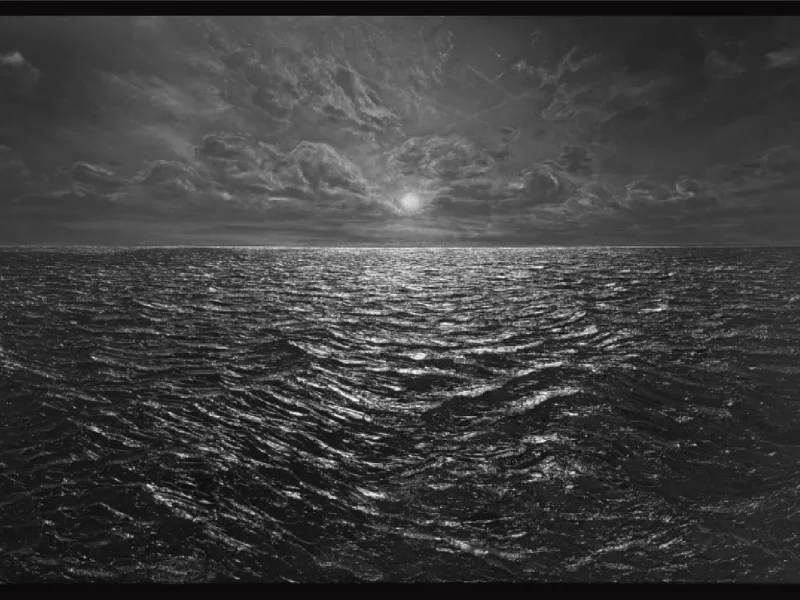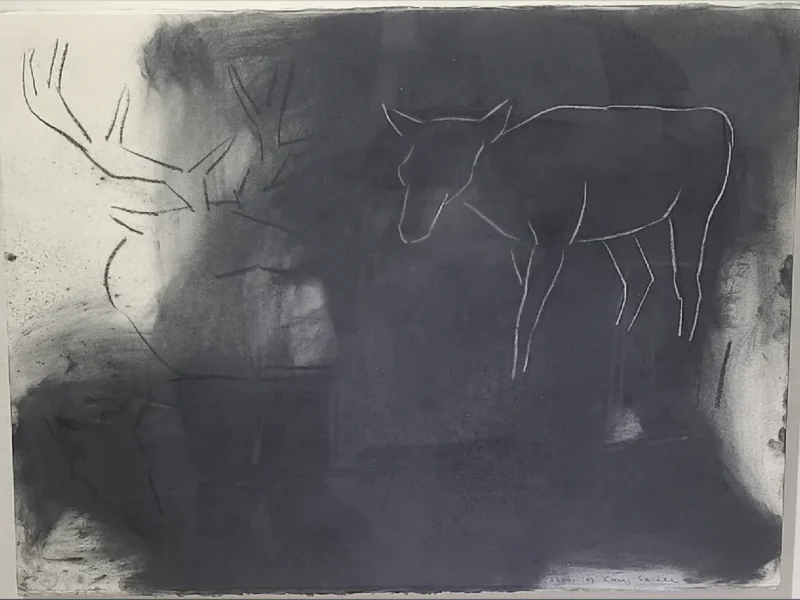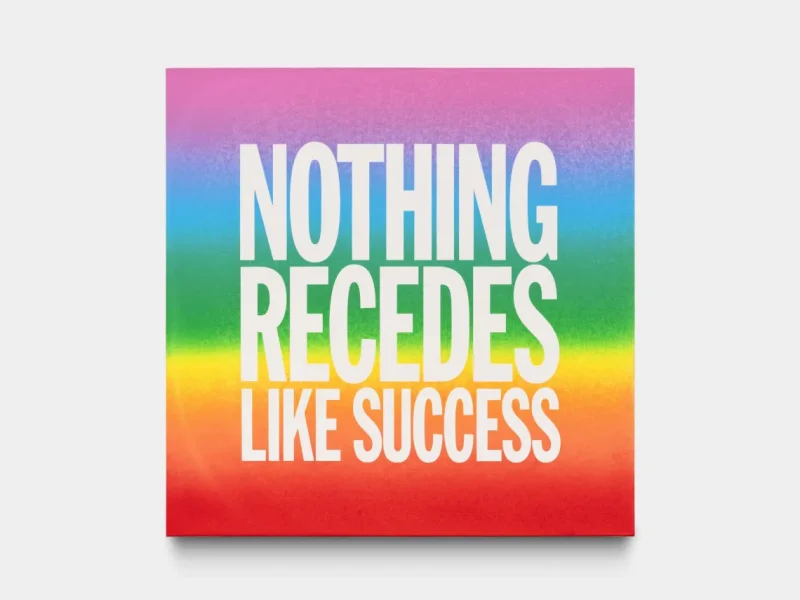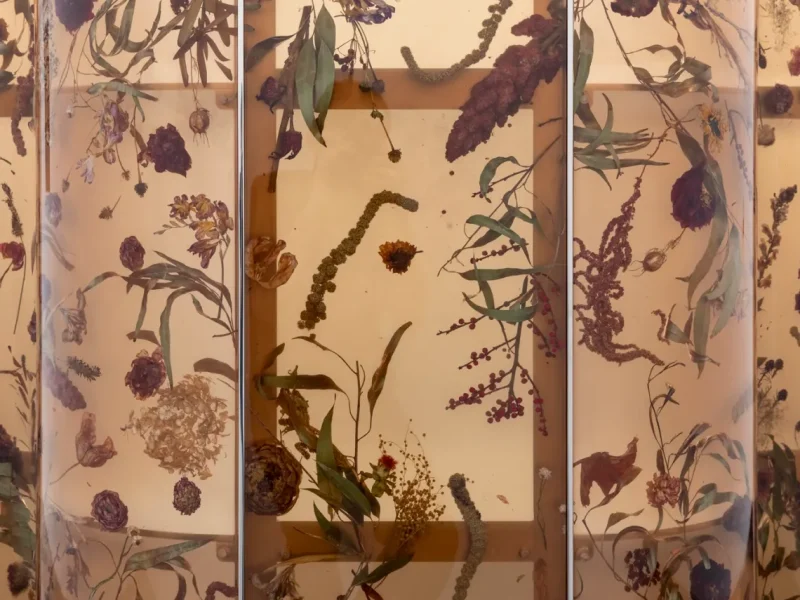International art fairs offer an exciting opportunity to experience art from all over the world. For those who have never been to one, however, these spaces can feel intimidating. Eri Takane, Fair Director of Tokyo Gendai, shares her tips for first-time visitors.
In this first installment of her two-part guide, Eri answers key questions about how to explore and enjoy the fair.
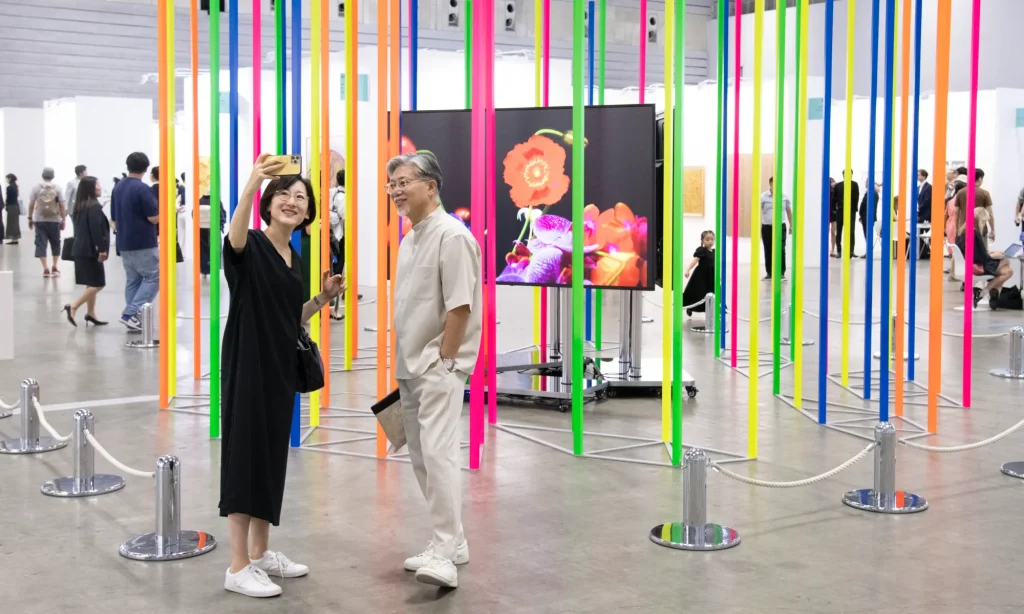
Why should I visit an art fair?
Art fairs are open to everyone and are a casual way to enjoy a lot of artworks at once. At a fair like Tokyo Gendai, you can encounter galleries and artworks you wouldn’t normally see, and our installations and talk programs offer a comprehensive understanding of contemporary art. It’s quite a rare opportunity as it’s held only three days out of the year!
What is the purpose of an art fair?
Art fairs exist as a way to exhibit and sell artworks, but in a bigger sense it’s to help support and grow the art ecosystem. The aim is to create a space where artists, collectors, museum professionals, sponsors, government representatives, and more can all come together and communicate. I see it as a first step toward nurturing the future of the art world.
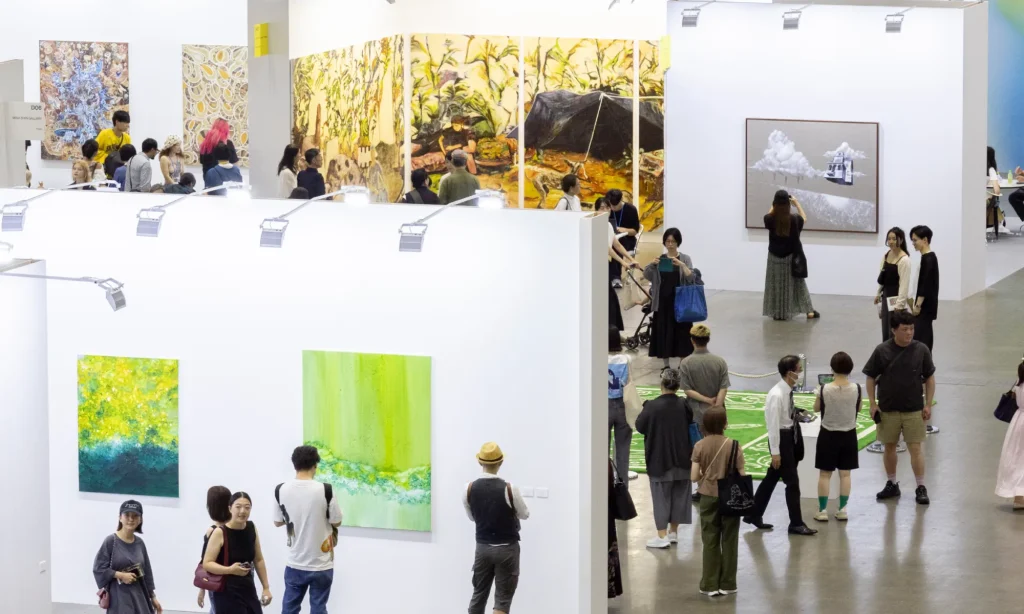
How big is Tokyo Gendai?
This year, Tokyo Gendai will feature 67 galleries in a spacious venue of 10,000 square metres.
What kinds of people visit Tokyo Gendai?
Really, all different types of people! There’s of course collectors who are intent on buying, but also people from museums and the government. There’s also many art lovers who come with a similar intent as to going to a museum, where they want to see a lot of art at once, from students to seniors from all over the world.
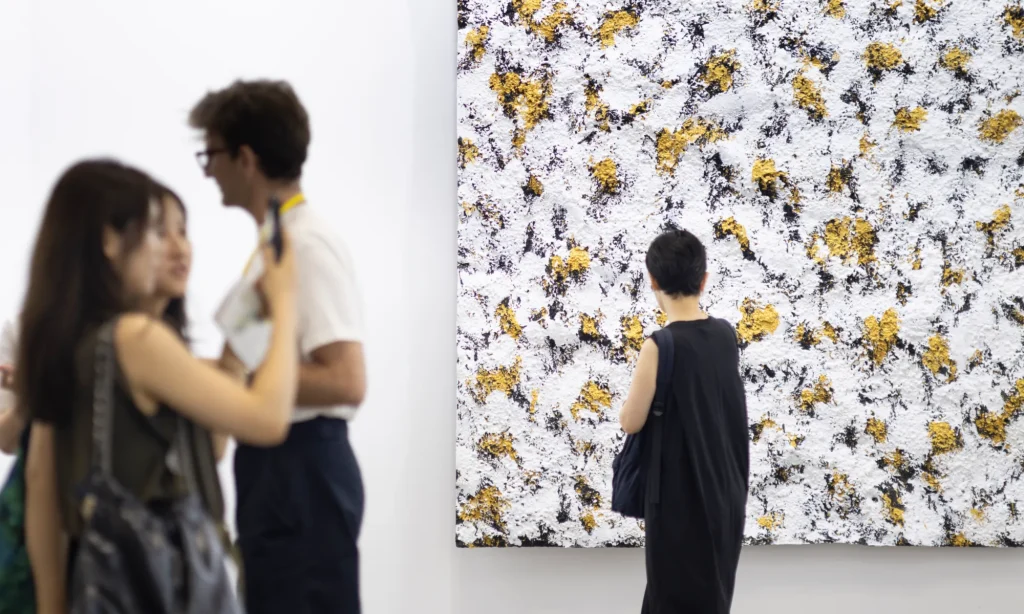
What is the correct way to walk through an art fair?
There’s no “correct” route – you’re free to explore as you like. That said, Tokyo Gendai is divided into themed sectors, so it might be interesting to explore the galleries by sector, or it might equally be fun to hop between the sectors.
For the sectors: The Galleries sector features multi-artist curations reflecting the participating galleries’ programming; Hana ‘Flower’ features presentations of one or multiple artists at an early or mid-stage in their career; Eda ‘Branch’ is dedicated to solo or multiple presentations by established or historically significant figures; and Sato ‘Meadow’ is dedicated to installations. You can navigate the fair according to your interests.
Do I need to be an experienced collector to attend an art fair
Not at all. I started going to fairs when I was a student. Even just looking is a valuable experience. It’s perfectly fine to begin by simply learning about and encountering artworks.
Why don’t all the galleries have wall labels?
It depends on each gallery’s policy. Some choose not to display captions in order to prioritise the beauty of the visuals or the overall installation. If you ask the gallerists, they’d be happy to show you the details of the artwork or the price list.
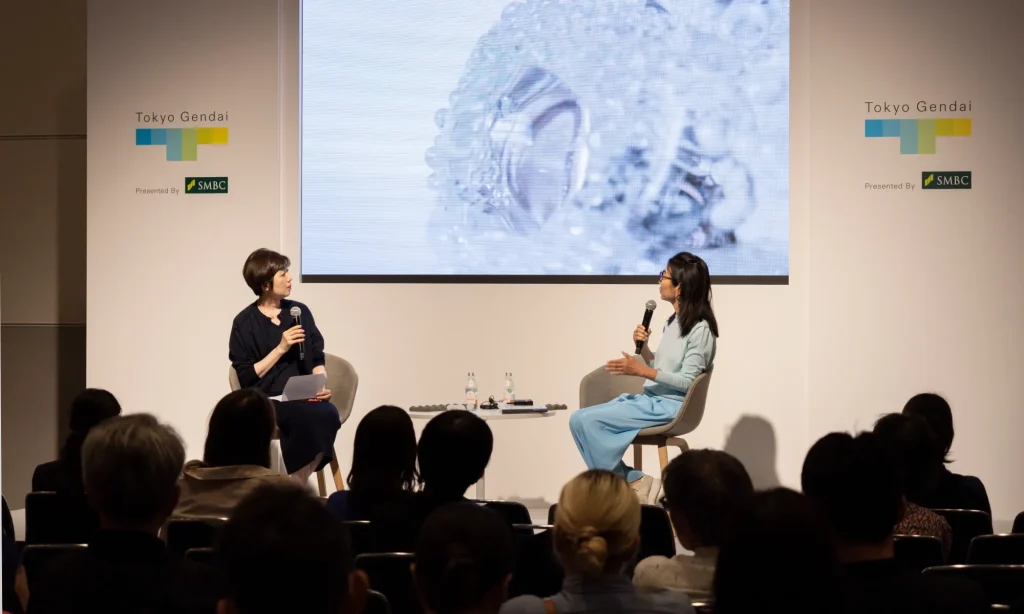
What are Public Programs and why do fairs offer them?
Gallery presentations are the bread and butter of art fairs, but Public Programs offer different perspectives and ways of enjoy ing contemporary art. All visitors of Tokyo Gendai can participate in our Public Programs.
For those interested in learning more about the field, we recommend the Art Talks series, where leading voices from across the global art world share their insights.
In Sato ‘Meadow’, visitors can experience live art performances and interactive installations.
This year’s special presentation, Tsubomi ‘Flower Bud’, highlights Japanese female artists who incorporate craft-based techniques into their contemporary art practice.
Ne ‘Root’ features a special showcase presented by some of Japan’s most prominent art foundations.
From children to seniors, Public Programs are designed to create accessible, enriching encounters with contemporary art.
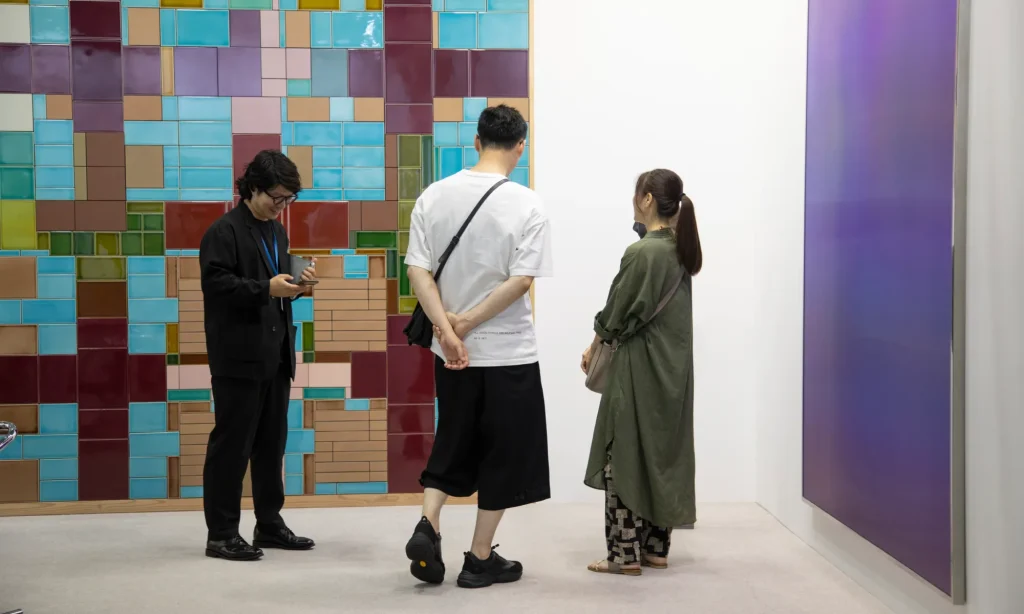
Is there a “good” and “bad” way of talking to gallery owners?
Two things are especially important: don’t interrupt someone who’s in the middle of a conversation, and don’t touch the artwork. You want to avoid accidentally pushing or knocking something over, but as long as you maintain a respectful distance and behave considerately, you’ll be fine!
Is it OK to chat with the artists and gallerists without prior knowledge of the artists, or even if I’m not buying the works?
Absolutely, and I recommended it, actually! Hearing directly from a gallerist or artist can help deepen your understanding.

